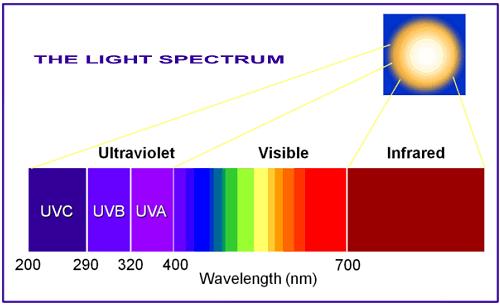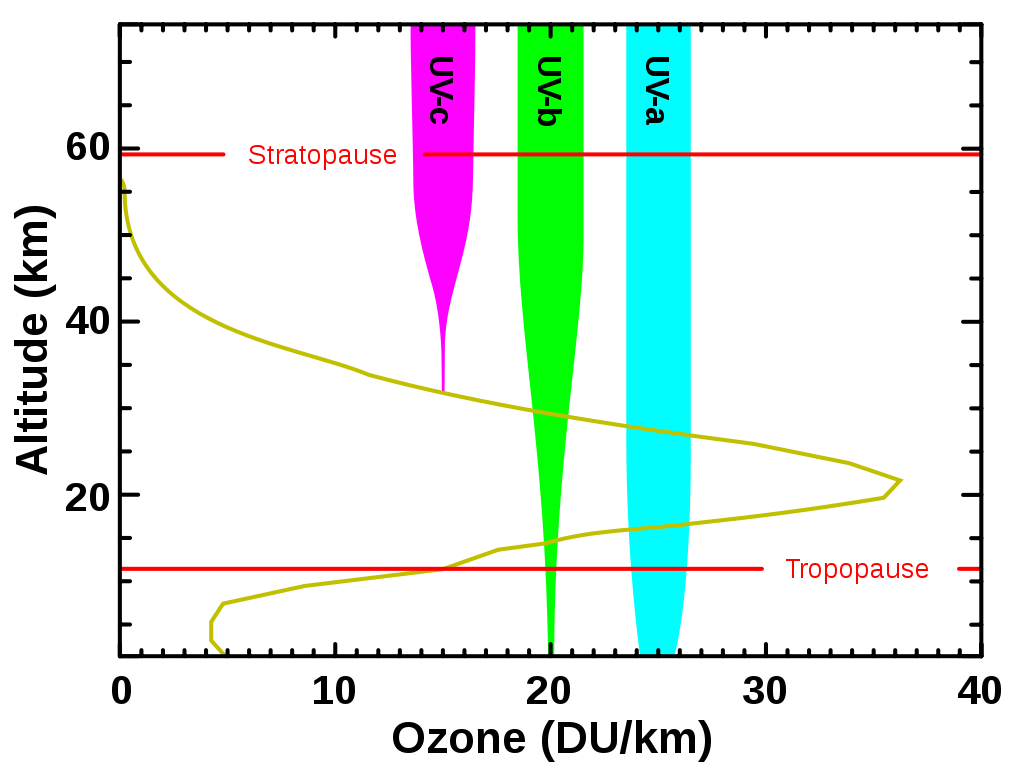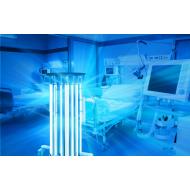The world is adapting. Humans are doing what they have been doing for the last 200,000 years, testing and revising solutions in order to have a better outcome for all.
Every time we face a crisis, new solutions and tools are explored among the host of ideas and products that emerge, to solve problems and make our lives easier.
During this recent world pandemic, products developers have been testing the relevance of UV lights to establish an easy process of germicides and inactivate pathogens, such as bacteria and viruses.
But will these UV light sources be safe? Can we trust them and use them in our daily lives?
BACKGROUND
UV light has been with us since the dawn of time. Invisible to the naked eye, it is part of solar radiation and spreads 10% of total electromagnetic radiation.
It was first discovered in 1801 by physicist Johann Wilhelm Ritter. This discovery was taken one step further in 1878, with the revelation that short-wavelength UVC light had a sterilising effect.
Later, in 1960, the relation between UV light and the DNA effect was recognised by James Bolton, with references to disinfection.

The UV light that reaches the Earth is currently classified into 3 segments:
- UVA 400–315nm: Long-wave, black light, not absorbed by the ozone layer. It has been helping humans to stay healthy and strong; with moderate exposure to the sun, UVA rays start to produce vitamin D.
- UVB 315–280nm: Medium-wave, mostly absorbed by the ozone layer. It should be filtered by the ozone layer, as the residual part that reaches Earth is also part of the vitamin D production process.
- UVC 280–100nm: Short-wave, germicidal, completely absorbed by the ozone layer and the atmosphere. It should not reach the environment, as it can damage DNA structures, destroying cells.
Long exposures of UV light can lead to effects including sunburn, redness, skin damage, cancer and conjunctivitis.

THE NEW "NEW" IDEA
Lighting industry has used UV light for many years. The printing industry, greenhouses and fish farms are examples of controlled environments in which UVA and UVB provide controlled wave lengths.
In a more restricted usage, UVC is used in medical and laboratory units, as well as to purify water.
However, COVID-19 and the need to achieve an easy and fast disinfection process has brought the use of UVC into portable and domestic environments, to clean and kill the virus, as well as to avoid the spread of contact areas.

All of us who work in the lighting industry must take the greatest care when using these solutions, as well as the ability to make them “user-friendly”. UV light is a dangerous form of radiation that we cannot see.
Several protection layers should be added to the end product to avoid side effects:
- Activation of timers
- Presence detector inhibitors
- Alarms
- Limits to usage time
- Activation of a login code /password
ELT AND UV LAMPS
For some years now, the ELT portfolio has included a special device to be used with T5 – G36 and G64 – 2x 41W or 2x75W UV lamps.
The ballast BE 275-UV is available in 2 versions, one standard and one with an “in use” LED signal to allow extra safety measures that alert the user of the current operation and avoid openings or access to areas with high levels of UV presence, such as lamps or other configurations.

The BE 275-UV is a built-in Class I IP20 ballast. It allows the use of Class I and Class II luminaires with additional electrical considerations applicable by certification. It has an ignition circuit with preheating cathodes for a long lamp service life, with no flashes or flickering.
Its high frequency operation optimises lamp work criteria and the corrected stroboscopic effect, in addition to being highly energy efficient. The permitted voltage is 198-254V, 50-60Hz. It can withstand 2 hours at 350V (A/C).
The BE 275-UV-LED is for applications where visual operational control is required.
For more help and guidance, please do not hesitate to contact us.
References:
https://www2.gov.bc.ca/gov/content/health/keeping-bc-healthy-safe/radiation/ultraviolet-uv-radiation
https://en.wikipedia.org/wiki/Ultraviolet#/media/File:Ozone_altitude_UV_graph.svg
https://www.meditek.ca/uv-sterilization-robots-infection-prevention-technology-operating-rooms/
https://metro.co.uk/2020/03/05/buses-blasted-uv-light-rid-coronavirus-12352400/
https://www.elt.es/sites/default/files/be-uv_4.pdf
Rui Madrugo
ELT Sales department

